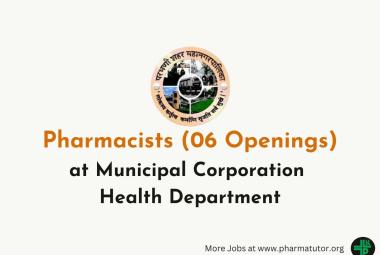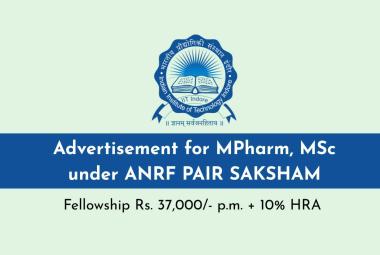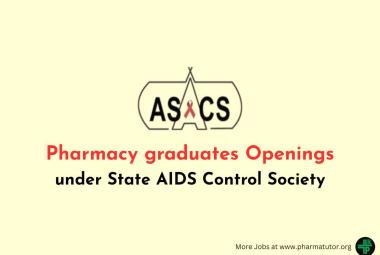Protecting patient safety is at the core of the FDA’s mission. All FDA-approved drugs have benefits and risks which must be weighed and balanced by health care providers and patients when making decisions about medical therapy. Our goal is to ensure that the benefits and risks are clearly articulated in drug labeling. That patients and providers have accurate information. And that the benefits outweigh the risks for the intended patient population.
[adsense:336x280:8701650588]
When looking at the broader impact of our regulations, the agency must weigh and balance the potential impact of our actions especially as it pertains to consumer access to high-quality, lower-cost generic medicines. These are matters of public health concern. One such issue the FDA has considered extensively over the past few years is the process by which drug companies update drug labels and communicate safety-related information for generic drugs.
In November 2013, the FDA proposed a rule (Supplemental Applications Proposing Labeling Changes for Approved Drugs and Biological Products), which, if finalized, would have allowed generic drug makers to independently – meaning, without prior FDA review and approval – update and promptly distribute new safety information in drug labels. This is something that currently only branded drug makers can do.
This rule, if implemented, would have allowed generic manufacturers to independently update their drug labels with new information. We heard from manufacturers that they believed this change would have imposed on them significant new burdens and liabilities. We heard arguments that the proposed rule could impose new costs on generic manufacturers that might have raised the price of generic drugs to patients, potentially impacting patient access to generic medicines. And, among other challenges, the new policy would have resulted in labels for the same drug that varied between different generic manufacturers, for some period of time. This could have led to consumer and provider confusion.
FDA is withdrawing this proposed rule. These actions are part of our ongoing commitment to promote a framework that ensures that generic drug labels reflect up-to-date, science-based information to inform patients and providers; while also balancing the need to maintain a pathway for the development of generic drugs that is modern, efficient and low cost.
Since that 2013 proposal, there’s been an important and robust public debate. It included extensive public comments received on the proposed rule and during a related public meeting in 2015. This debate has resulted in the FDA carefully considering over the past few years policy approaches on how best to improve communication of important, newly acquired drug safety information to providers and patients.
For a multisource drug (typically an older drug that is available as both a generic and brand medicine), there are generally several manufacturers that will make a generic version. The question posed by the proposed rule was whether each drug maker should be able to independently update its label. In our review of the issue, we uncovered several hurdles that – if the rule was implemented – could compromise public health.
Another significant issue raised by the proposed rule is the potential for marked differences, for some period of time, between generic labels and the brand products, as well as amongst each of the generic labels. This could potentially lead to patient and provider confusion. It runs contrary to the goals of the generic approval process, which requires generic medicines to have the same label as the reference listed drug.
Another unintended consequence of the proposed rule is the potential for additional or different warnings to temporarily appear in generic drug labeling compared to the brand drug – depending on the availability of information to various manufacturers and the timing of updates. Such differences, even if temporary, could undermine confidence in generic drugs and their therapeutic equivalence. We understand that the proposed rule may have also led to confusing, conflicting generic labels that were crowded with redundant safety information. Individual generic manufacturers might have added additional and at times superfluous information to their individual labels to avoid the risk of liability for failure to warn.
Importantly, we heard important feedback that the proposed rule, if finalized, would have imposed significant burdens on the generic drug industry, and that it could have led to an increase in the cost of generic drugs or the market exit of certain products and manufacturers, exacerbating the risk of drug shortages and resulting in a less competitive marketplace.
Irrespective of the withdrawal of this proposed rule, the FDA will remain steadfast in our important work to help ensure that health care providers and patients have the best possible information about the safety of all drug products. And let us be very clear – the withdrawal of the 2013 proposed rule does not change the ongoing obligations under the FDA’s current regulations for all brand and generic drug manufacturers. These regulations already require drug manufacturers to take steps to update their product labels when new information becomes available that cause the label to become inaccurate, false, or misleading. This responsibility isn’t only for brand drug manufacturers. It also applies to generic manufacturers. If a generic drug maker becomes aware of new safety information that’s not already on the drug label, they must also report it to the agency. This action, in turn, can result in safety changes that are directed by the FDA and would apply to all versions of the drug.
This current and ongoing obligation for both brand and generic drug manufacturers serves an important public health function. New information regarding the risks and benefits of a drug may become available over time from various sources. This includes real-world data like post-marketing adverse drug experience reports and published literature. New information can make updates to product labels necessary.
Generic drug manufacturers can and are required to propose certain updates to product labels by submitting adequate information about the proposed safety-related change (in the form of a prior approval supplement). The FDA will then determine whether the change is appropriate and whether the label for the corresponding brand drug and other generic drugs should also be revised. This approach enables the FDA to consider how this new information may apply to other generics under the same reference or brand drug.
This is an important undertaking, because having out-of-date drug labels can depress use of generic drugs, reducing consumer access to these lower-cost medicines. By one rough estimate, there are about 5,600 reference listed drugs that correspond to generic medicines. Where there continue to be approved brand versions of these medicines, the FDA can and will work with the brand companies to update labels. But, of these brand medicines that serve as reference drugs, 1,170 have been identified as discontinued or withdrawn by the brand drug manufacturers for reasons other than safety or effectiveness.
The agency intends to continue pursuing these and other efforts to help ensure that generic labels are accurate and up-to-date throughout the lifecycle of drug products. Helping to ensure the appropriate risk information is communicated to both health care providers and patients is an important responsibility for all drug manufacturers as well as the FDA.







